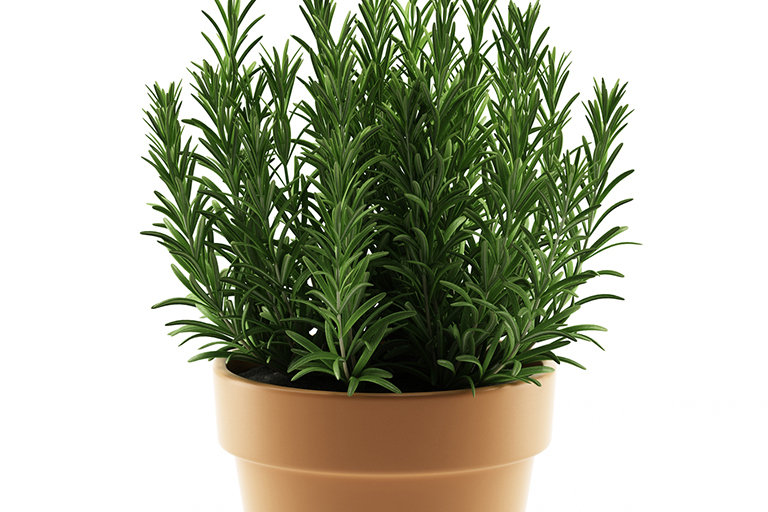By Vicki Spencer, Master Gardener
Healthy cooking calls for reduced salt and fat, but this doesn’t mean you have to sacrifice flavor. There are many herbs that can be added to recipes, and grocery stores offer a much broader selection than when I started cooking. But I usually can’t use all of the package, and the fresh herbs spoil unless I take the time to dry what I don’t need right away.
Since fresh herbs have more flavor, I enjoy growing them indoors and harvesting just what I need for each recipe. When growing herbs in containers, mix several different ones in one pot or grow them separately. If you combine herbs, it is important to select plants that are good companions. Be sure they have the same moisture and sunlight requirements. For example, you would not plant oregano and thyme, which can rot if overwatered, with sage, which needs constant moisture. Basil, rosemary and thyme are a good combination if you enjoy Mediterranean dishes, and cilantro, parsley and thyme grow well together if Middle Eastern cuisine is more to your liking.
One of the benefits of planting herbs separately is that they will have plenty of room to grow and when it warms up outside, you can move them to your patio or garden. If you discover one plant is not thriving, it can be easily moved to different locations until you find just the right spot.
Starting indoor plants from seed is not as difficult as it seems; herbs are actually pretty hearty plants. Since seeds contain most of the nutrients needed to germinate, plant them in starting mix, which is different from potting soil. After the plants develop two sets of true leaves, transplant them to pots with potting soil, which contains nutrients that more mature plants need.
Some good choices to get your herb garden started are basil, chives, mint, parsley, rosemary, sage, sweet marjoram and thyme. Basil is a popular annual that is easy to grow from seed. It likes full sun and moderate amounts of water, but doesn’t do well in drafty areas. Don’t let it dry out. Varieties range from the fine leaves of Spicy Globe to huge leaves of Lettuce Leaf and dark burgundy of Red Rubin. Greek Miniature basil is a good choice for small pots as it only grows 6 inches tall. To stay bushy, it needs constant pruning (cutting just above the leaf node) and sets seed in the fall; pinch off flower heads to keep it growing.
Chives are also easy to grow from seeds and are easily transplanted. Chives are a perennial from the onion family, and they grow in clumps with hollow stems. They prefer full sun or partial shade. To keep your plant looking good, cut the tubular leaves about 2 inches above the base, instead of cutting the tops. Continuous trimming will weaken the bulb and result in spindly foliage. Plant several chive plants in one pot if you use them often.
Mint spreads by underground runners and will choke out nearby plants in the garden, but this is not a problem when mint is grown in a pot by itself. The smaller, noninvasive Corsican mint is a good choice for container gardening. It has attractive foliage with small, pale purple or white flowers. Mint likes bright light and does well in a south window. Cut back straggly stems to promote fresh leaves.
Parsley is a biennial and can be grown from seed each year, but is also widely available at garden shops in the spring. Flat leaf parsley has the best flavor and is used in most recipes. Curly parsley has a milder flavor and is popular as a garnish and in Italian dishes. Clip from the outside of the plant when harvesting.
Blue Boy is a compact variety of rosemary that is good for growing indoors. It prefers full sun but doesn’t like too much heat and should not dry out completely between watering.
Sage is a good companion plant to rosemary as it also prefers full sun and moist soil. Although there are hundreds of species of sage, only a few are used in cooking. Dwarf Garden sage is a good choice as it is compact and grows about 10 inches high.
There are also hundreds of species of thyme, but English and lemon thyme grow well indoors and are most common for cooking.
There are many more herbs that you can grow for your favorite recipes. The ones discussed here are some of the most common and are good choices if you are just beginning to grow herbs indoors.

